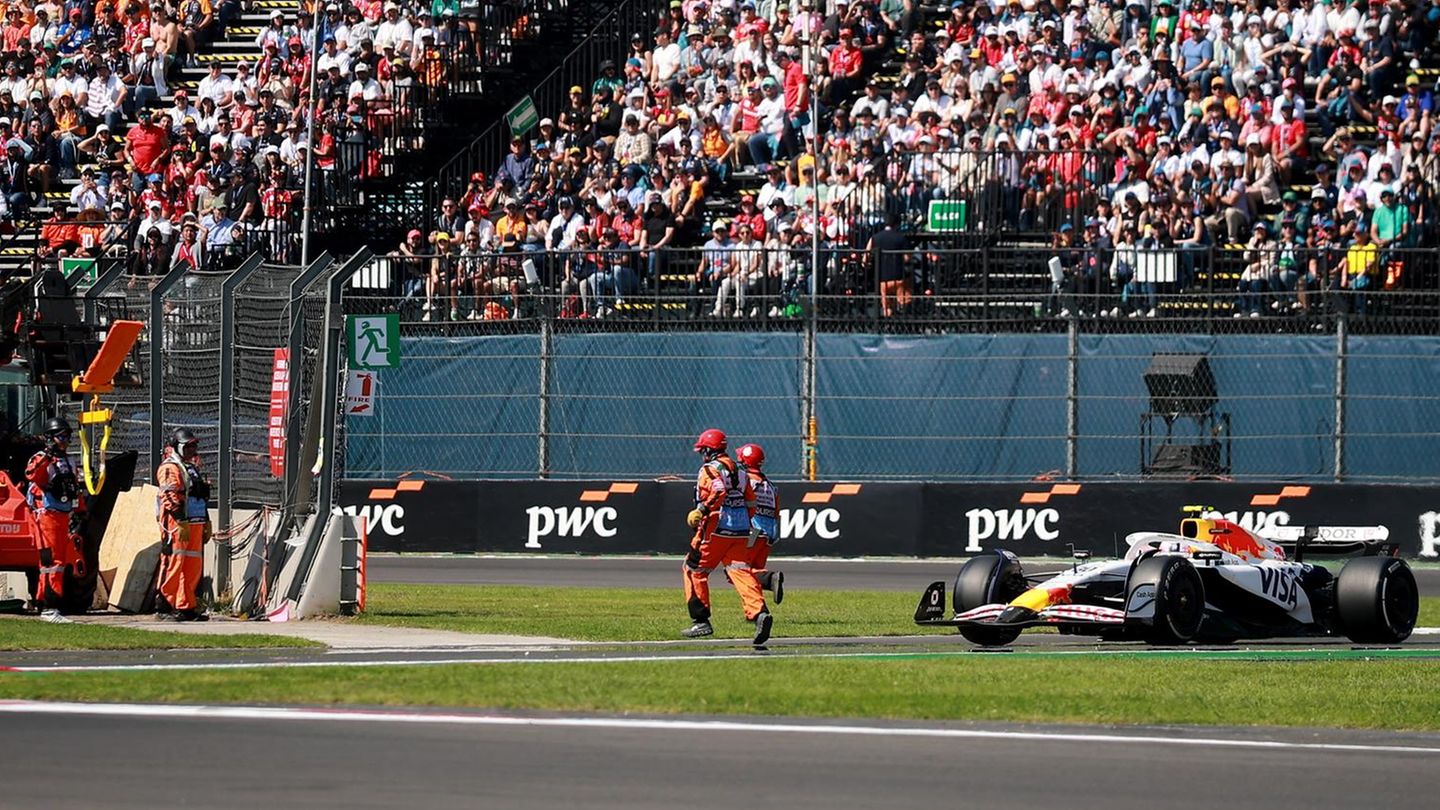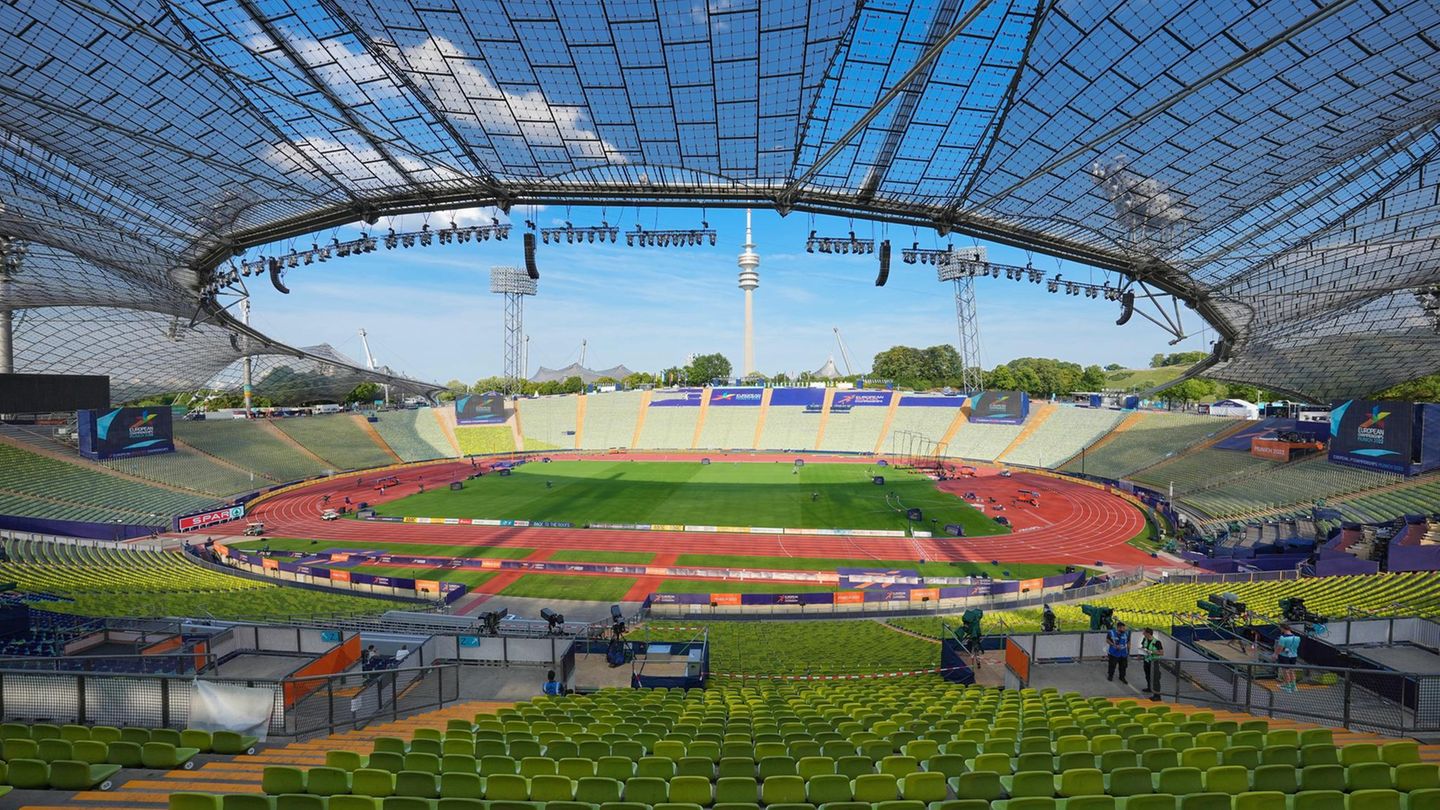Rubén Ullúa, a financial analyst, pointed out that these different variants of the dollar would be at a floor level, although he maintained that the exchange rate gap could reduce a little more as the rate of crawling peg of the official exchange rate advances.
“The blue is accompanying the behavior of the MEP and of CCL, and the three markets are finding the range of stability between $190 and $195. That makes a gap between 70% and 72% with respect to the official figure and it is reasonable to the extent that we have an exchange trap and the different restrictions on access to the dollar. Consequently, I don’t think there will be a greater decrease in parallel dollars, but there may be a decrease in the gap if the rise in the official dollar accelerates,” Ullúa pointed out.
One of the main factors that explains the stability is the high liquidation of exports that occurs in this part of the year: the seasonal abundance of dollars takes pressure off devaluation expectations. For example, agriculture liquidated US$2,984 million in March (the best record in the last 20 years), and accumulated US$7,926 million in the first quarter, according to CIARA data.
In this way, Sergio Choza, director of the Sarandí consultancy, explained that “the greater availability of dollars in the formal market generates a relief in the financial dollars that are the ones that, ultimately, arbitrate the blue, so one tends to think that for what remains of the second quarter of the year, there should be no upward pressure”. Likewise, Ullua pointed out that “the liquidation of exports brings calm due to the greater availability of dollars, so I believe that stability will be sustained during the first semester.”
Another key factor is the agreement with the IMF. After the principle of agreement, announced at the end of January, there was a relief. The market deepened the trend with the formalization of the new program, which included goals to cut the fiscal deficit and monetary issue, and to accumulate net reserves.
Along these lines, Ullúa pointed out that “as long as the guidelines established with the Fund are followed and the market observes these compliances, this will contain the price of parallel prices and the possibility of a new width of the gap”.
For his part, Chouza considered: “The pressures on the dollar are going to be influenced depending on how we come about with the fulfillment of the goals with the Fund. If it is observed that the objective is far from being met, if the possibility of requesting a waiver is evaluated or if it is reached with a certain margin. That factor, which is more macroeconomic and expectations, seems to me that in the coming months and closer to the end of the year it will begin to square.
In line with what was agreed with the Fund, another factor that influences the stability of parallel dollars is the four increases in the reference rate that the Central Bank carried out throughout 2022. On Wednesday it raised it to 47%. annual nominal value, after knowing the CPI for March. “The rise in rates produces a containment on the demand for financial dollars, and helps to stop the current towards the blue dollar. And that allows, at least for a few months, a calmer dollar, “said Ullúa.
However, he warned: “With inflation as high as the current one, it can generate a state of general distrust, since the rise in rates ends up containing the depreciation of the exchange rate. That can take the trend towards the dollar again. That is why it is difficult for there to be major declines in parallel prices”.
Source: Ambito
David William is a talented author who has made a name for himself in the world of writing. He is a professional author who writes on a wide range of topics, from general interest to opinion news. David is currently working as a writer at 24 hours worlds where he brings his unique perspective and in-depth research to his articles, making them both informative and engaging.




